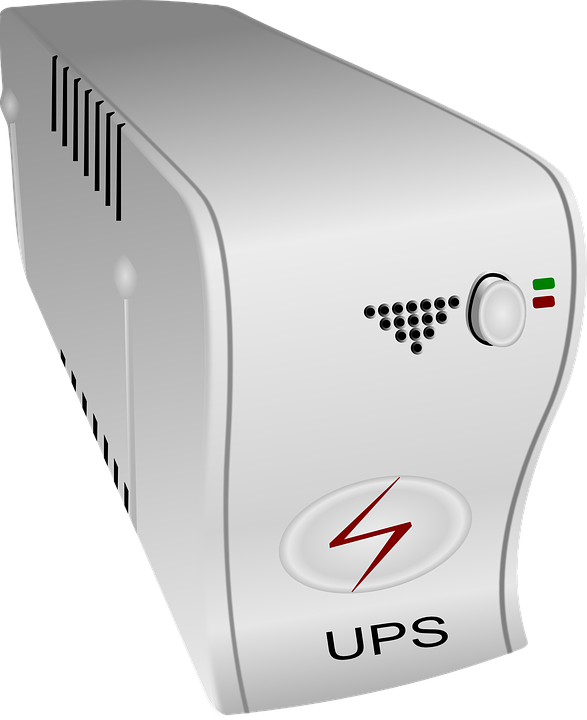

We propose a method to achieve autonomous gait transition according to speed for a quadruped robot pacing at medium speeds. We found differences between all three configurations the soleus spring supports the robot's speed and energy efficiency by ankle power amplification, while the GAS spring facilitates the synchronization between knee and ankle joints during push-off. We controlled the robot with a feed-forward central pattern generator, leading to walking speeds between 0.35 m/s and 0.57 m/s at 1.0 Hz locomotion frequency, at 0.35 m leg length. We tested the influence of three soleus and gastrocnemius spring configurations on the ankle power curves, on the synchronization of the ankle and knee joint movements, on the total cost of transport, and on walking speed. We custom developed a small, 2.2 kg human-like bipedal robot with soleus and gastrocnemius muscles represented by linear springs, acting as mono- and biarticular elasticities around the robot's ankle and knee joints. Legged robots allow testing the interaction between complex leg mechanics, control, and environment in real-world walking gait. However, the mechanics of the human's lower leg with its complex muscle-tendon units spanning over single and multiple joints is not yet understood. One mechanism assumed to contribute to the high efficiency of human walking is the impulsive ankle push-off, which potentially powers the human swing leg catapult. Legged locomotion in humans is influenced by mechanics and neural control. The proposed design performs similarly to an additional arm while weighing and costing 5 times less per manipulator and enabling the completion of tasks requiring 2 manipulators. As we show in a suite of tele-operation experiments, the robot is capable of performing single- and dual-limb manipulation, as well as transitioning between manipulation modes. The moment of inertia impact on the leg is small thanks to an integrated cable/pulley system.

The design enables the use of small and inexpensive actuators relative to the leg motors, further reducing cost and weight. By making use of the actuators already present in the legs, we can achieve manipulation using only 3 additional motors per limb. In this paper, we present a novel design for a small-scale quadruped robot equipped with two leg-mounted manipulators inspired by crustacean chelipeds and knuckle-walker forelimbs. On the other hand, the requirements of legged locomotion mean that the legs of such robots often possess the needed torque and precision to perform manipulation. Quadruped robots are usually equipped with additional arms for manipulation, negatively impacting price and weight.


 0 kommentar(er)
0 kommentar(er)
